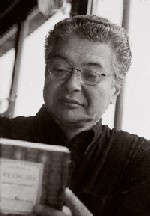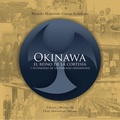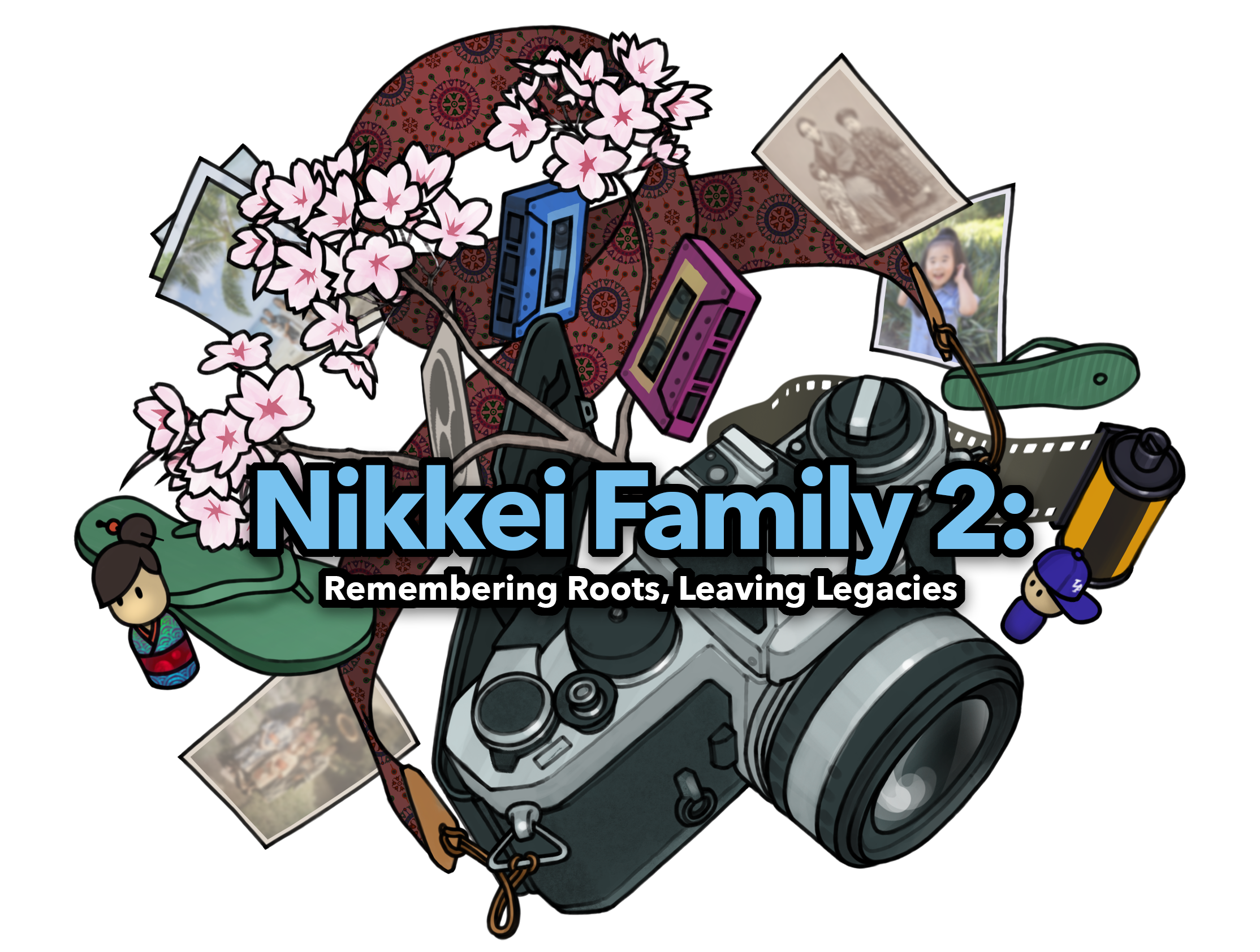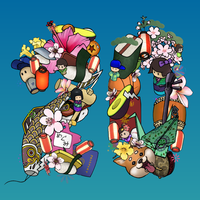Through talent and rich historical experience, the Japanese presence is already part of the literary tradition in Peru. Established Peruvian writers, such as José María Arguedas or Mario Vargas Llosa, have inserted characters of Japanese origin into their narratives who show an image that is not fair or trustworthy since they turn out to be failed and marginal people in the national context. Fortunately, since the postwar period and especially since the 1970s, the Japanese descendants themselves made their literary voices felt through publications, thus breaking that old negative image and rather showing an absolute insertion into Peru.
The “Japanese” in Peruvian fiction
In El Sexto (1961) by José María Arguedas (Andahuaylas, 1911 – Lima 1969) is one of the most impressive novels in Peruvian literature where the interiors of a penitentiary center are narrated. There a ragged and mentally disturbed Japanese character is described who moves through the corridors like a repulsive animal infested with lice and whom everyone mistreats, a marginal being who does not integrate into the class struggles or the reality of the description of the Peru. Was this the image that the Andean writer Arguedas had of the Japanese?
In 1965 Mario Vargas Llosa (Arequipa, 1936) published The Green House and one of its key characters is the Japanese Fushia, a mix of fugitive and smuggler who mysteriously moves through the Peruvian jungle fleeing from the police. Once again the Japanese presence is labeled with social marginality. The curious thing is that twenty-five years later, in 1990, Vargas Llosa would face off in real life with a son of Japanese parents, Alberto Fujimori, in the presidential race.
In 1991, journalist Jorge Salazar published a police chronicle book titled Japanese Midnight , in which he tells the story of Mamoru Shimizu. A bloodthirsty murderer who shocked Lima when on November 2, 1944 he killed his brother, sister-in-law, two nephews and three of his Japanese countrymen with a club. With a deep analysis, it seems to tell us a final message: Shimizu, more than an executioner, was a victim of the intrigue and anti-Japanese pressure prevailing at the time of the Second World War, although the final image that we have of Shimizu is the of a cold and ruthless killer.
More current, Eiko is one of the main characters, if not the most important, of the novel The Two Faces of Desire published in 1994 by Carmen Ollé (Lima, 1947). Passionate, almost wayward and deeply sexual, Eiko is a poet who seduces men and women in her path. Perhaps this was the new image of the contemporary Nikkei that the writer wanted to convey, an image fueled by stereotypes of super-erotic Japanese women constantly presented in literature, anime and films of the 20th century.
Nikkei in Peruvian literature
It was only after the end of World War II and the anti-Japanese atmosphere that the Nikkei community was able to reopen its schools and newspapers. However, during one hundred years of Japanese presence in Peru, the creative vein that their descendants have cultivated the most is the plastic arts. In the last forty years, while in this field we can find up to fifty outstanding names, in literature we do not even reach eight. Why this disparity? Why did the talent of the Nikkei lean toward plastic forms and not idiomatic ones? It is undeniable to affirm that the linguistic tool was and is the guideline that makes the difference. Mastering the grammar, rhetoric, idioms and other matters of the Spanish language requires another kind of discourse and - this is a presumption of mine - this type of effort takes its Nikkei creator too far from what he or she wishes to express 1 .
Of the ten writers of Japanese origin, among other names, the poets José Watanabe Varas, recently deceased, Nicolás Matayoshi, Rafael Yamasato 2 stand out, as well as the narrators Augusto Higa Arakaki 3 and the writer and historian Fernando Iwasaki Cauti 4 , who declares less close to his Japanese roots, as well as other names. It should be noted that in the last thirty years, many magazines of Nikkei origin have also been published, but of all of them, Puente magazine stood out for its profound searches for Nikkei identity and the necessary integration into Peru.
José Watanabe Varas: the guardian of the ice
He was born in Laredo, a rural area of Trujillo, in 1946, and died this year 2007 in Lima from an illness that had afflicted him for more than twenty years. For his clean, simple and deeply human poetry, he was for some time the most loved, read and admired poet in Peru. His father was a Japanese immigrant from Okayama and his mother was of Andean origin. He studied plastic arts at the School of Fine Arts of Trujillo (located in northern Peru) and architecture at the Federico Villarreal National University. In 1971 he was awarded Young Poet of Peru with his first book Álbum de familia (1971). He wrote the following poetic works: The huso of the word (1989), Natural history (1994), Things of the body (1999), Dwelled among us (2002), The winged stone (2005), Flags behind the fog (2006) , a theater book Antiphon (2000), the anthology The Guardian of the Ice (2003) and this year, 2007, his books on children's and youth themes would be presented. Watanabe was undeniably very versatile, as he was also a film scriptwriter and published the photographic book The Memory of the Eye. One hundred years of Japanese presence in Peru .
Nicolás Matayoshi: Peruvian and Andean
He was born in Huancayo in 1945. He is a poet, literary researcher and researcher of Andean Lankan culture, as well as a cultural manager. As a poet he has published Te amo (1973), Poemario (1993) and Gaia (1993), among many others. As a researcher, he has several texts of literary reflection and an excellent book about one of the mythologies of the Mantaro Valley region: The Treasures of Catalina Wanka. He declares himself a son of Japan and the Andes. Matayoshi assures: ”I am the creation of a culture that I never fully understood: A culture that flourishes behind the crest of the seas. A country that was an ally of the European fascists, reconciled enemies of the Yankees. Once, eager to discover the elements of this culture that he saw as a fabulous Pandora's box, he took me to look for Mizoguchi, Yukio Mishima, Kenzo Tange, "Genji Monogatari" and I found that, in short, it was a small bourgeois, totally lost in a cultural mix. Official culture told me about extravagant gods like Zeus, Isis, Odin, Thor, etc. An oriental culture that told me about Buddha, Susannóo, Izanagui-Izanami, Taniguchi Sensei, Nichiren Shoshu and the Shinto rite. Discover the Andean goblins: the muquis, their local gods: the Tayta Wamani, the Wari god, the Hualallo Carhuincho: a hopeless mixture of gods” 5 .
Tamashiro Brothers and Puente magazine: an attempt at cultural mixing
Once the Second World War ended and the racist attacks on the Japanese community in Peru culminated, many descendants returned to study in schools and universities. It was in the 1960s that some young Nisei professionals grouped themselves into the so-called “Generation 64.” The final quest of this association was to improve the image of Japanese descendants, who were always seen as a closed group, through charitable works in favor of the poorest Peruvians, and the organization of symposiums with prominent Peruvian intellectuals. All this to demonstrate his attempts to “peruvianize” himself without leaving his Japanese roots. From this group emerged the brothers Alejandro and Enrique Tamashiro who in the 80s founded the magazine Puente, a very important space for dialogue and debate because through its numerous editions some Nisei and Sansei professionals and intellectuals expressed their ideas in a very critical way about the “problematic” of the Nisei and its integration into Peru. For Laussent-Herrera “these debates revealed the image of a Nisei prisoner of his chrysalis, ready to fly away, but held back in his eagerness by a sum of cultural prejudices, both Japanese and Peruvian, from which he cannot escape. The contradictions that afflict him, the desire to take the best of his two societies of origin stop him. Indeed, what characterizes this group, which has found its way and means of expression in Puente , is the lucidity shown above all in its unanimous rejection of Japan's growing intervention in Nisei life and institutions 6 .
Grades:
1. In one of my poetry books I published this discomfort: “At school I memorized heroes and battles, ideals of a country built with love and sacrifice. I carefully learned my duties: to capture life in Japanese, to reconstruct everything in Spanish, to love in Uchinaguchi and to observe Quechua filtering like a cloud through my window.” In: Moromisato, Doris. Chambala was a path . Lima: NoEvas Editoras. 1999, p. 63
2. Ferreñafe, Lambayeque, 1945. He has published the collection of poems Estambre .
3. He was born in Lima. Narrative works: Let the tiger eat you, At the end of the future, The House of Albaceste , among others.
4. He was born in Lima in 1960. He has published, among other works, The Last Sword of the Empire, Neguijón . He is considered the most promising contemporary Peruvian writer.
5. Matayoshi, Nicolás. “I am an invoice of a landscape.” In: Moromisato, Doris and Juan Shimabukuro. Okinawa. A century in Peru . Lima: OKP Editions, 2006, p. 83.
6. Laussent-Herrera, Isabelle. Past and present of the Japanese community in Peru . Lima: French Institute of Andean Studies, 1991. Pp. 72-73.
© 2007 Doris Moromisato












